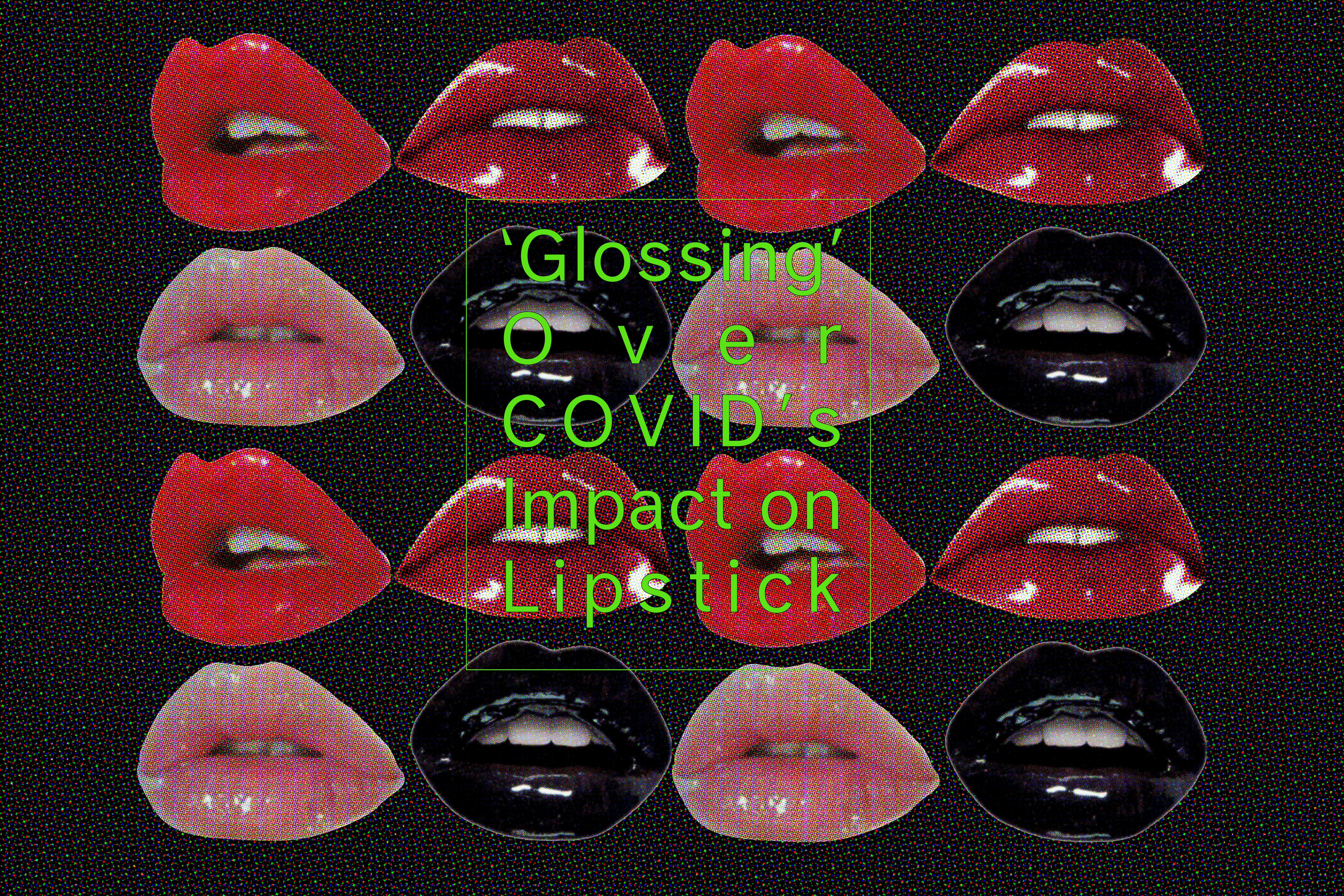Lipstick has arguably been one of the most important aspects of daily cosmetic routines since the early Renaissance. Throughout history, it has not only been a huge staple, but it also has distinguished various periods of style from one another. It has added to the ambiance of specific decades. With that, lipstick sales have been known to soar during times of crisis. However, like many other things, 2020 decided to take a different approach.
Lipstick has been so popular because of how powerful it can make a person feel. So much of its power resides in its wide range of shades and tints that can transform any look. These small metal tubes go beyond the beauty industry. Economists have even studied their effect on the stock market, giving it the title of “the lipstick effect.” In times of crisis and economic stress, consumers tend to “buy more high-end versions of lower-priced items” rather than focusing on high-end luxury (Forbes). This effect is seen when certain businesses become directly affected and see either a financial gain or a sharp downfall.
Learning how to do makeup can be difficult. However, lipstick is the one thing that anyone, at any age, can learn how to use in under ten seconds. Lipsticks’ quick, glide-on application has been appreciated and utilized by its users, especially during times of chaos. It has allowed people to feel their best and empowered despite whatever negativity the world is facing. One of the first examples of this trend was seen in the Great Depression. Despite people’s tight financial situations, lipstick sales skyrocketed. In fact, in Germany, six million people were unemployed at one point during the early 1930s. But at Beiersdorf, a German cosmetic company, not a single one of their employees was let go because their sales had risen so high. Following the 9/11 attacks and the 2008 Recession, similar situations occurred.
As we all know, the Coronavirus Pandemic that broke out in early 2020 threw the entire world through a loop. As the Coronavirus circulated and many people faced unemployment, there is no doubt that people began to save their money and pay closer attention to their spendings. However, unlike previous periods of economic strife, lipstick was not the thing consumers ran to the store to purchase. Instead, medical masks began climbing in sales, and lipsticks almost started to collect dust, changing the course of the beauty industry for months. Why put on lipstick just for it to be covered up all day and smear the interior of your mask? It’s a valid point, but the question remains now that nearly a fourth of all Americans are fully vaccinated. The world is beginning to open up slowly. Will lipstick have a roaring resurgence, or did it also catch the Coronavirus.
Words by Brooke Sturgis and Winnie Gordon.
Graphics by Emily Monet.

